In typically the dynamic landscape of recent manufacturing, digital cutting machines have come about as a cornerstone of innovation, reshaping how industries create goods with unparalleled precision and productivity. These advanced equipment, powered by complex software and software, are revolutionizing production processes across areas, from automotive in order to textiles, by allowing faster, more precise, and highly customizable manufacturing. This post is exploring how digital cutting machines are transforming the industry, their own key benefits, and the role in surrounding the future regarding production.
The Evolution of Manufacturing along with Digital Cutting Machines
Digital cutting devices represent a considerable leap from conventional cutting methods, which usually often relied on manual labor or rudimentary mechanical tools. These machines, usually driven by personal computer numerical control (CNC) systems, use blades, lasers, or sang to cut materials used with extreme precision according to digital patterns. By integrating using software like CAD (Computer-Aided Design) plus CAM (Computer-Aided Manufacturing), they translate structure digital blueprints into physical products along with minimal error.
Typically sheet metal customized to digital cutting has streamlined manufacturing workflows, minimizing reliance on guide intervention and permitting mass production without compromising quality. This specific evolution has been particularly impactful throughout industries requiring complex designs or high-volume output, where persistence and speed are critical.
Key Advantages of Digital Trimming Machines
Digital slicing machines offer a range of advantages that are driving their usage in modern developing:
Precision and Reliability: These machines supply cuts with tolerances just a small percentage of your millimeter, making sure consistent quality around large production runs.
Versatility: Capable regarding processing materials just like metal, wood, vinyl, foam, and textile, digital cutting machines cater to diverse industries, from jetstream to fashion.
Productivity and Speed: Motorisation minimizes setup instances and accelerates generation, allowing manufacturers in order to meet tight deadlines plus scale operations.
Customization: Digital cutting permits rapid prototyping plus bespoke production, making it easier to create designed products or check new designs.
Lowered Waste: Advanced software optimizes cutting pathways, minimizing material squander and supporting sustainable manufacturing practices.
These kinds of benefits translate into cost savings, superior product quality, as well as the ability to act in response quickly to marketplace demands.
Transforming Sectors
The versatility of digital cutting models has made all of them indispensable across a variety of industries:
Automotive and even Aerospace: Digital reducing machines produce complicated components, such since gaskets, panels, in addition to interior parts, together with precision that matches stringent industry criteria.
Textiles and Clothing: Stylish, these devices enable designers in order to cut intricate patterns in fabrics, rationalization the production involving custom garments and reducing material squander.
Packaging and Printing: From corrugated card to foam inserts, digital cutting equipment create precise packaging solutions tailored to specific products.
Furniture and Upholstery: Suppliers use these models to cut wood, leather, and froth with accuracy, ensuring high-quality finishes for furniture pieces.
Electronics: Electronic cutting supports the production of outlet boards and enclosures, where precision is important to functionality.
By simply enabling faster manufacturing cycles and decreasing errors, digital cutting machines are helping industries stay aggressive in a speedily changing market.
The Role of Technologies in Driving Advancement
The transformative electrical power of digital reducing machines is based on their own integration with witty technologies. Modern machines are equipped with advanced features like real-time monitoring, automated tool calibration, and AI-driven optimization. Intended for example, AI algorithms can analyze models to determine the particular most effective cutting routes, reducing material usage and energy usage. Additionally, cloud-based computer software allows manufacturers in order to manage production distantly, improving accessibility and collaboration.
Laser in addition to plasma cutting systems have further broadened the capabilities associated with digital cutting machines, enabling those to handle thicker and more challenging materials without difficulty. While these technologies still evolve, manufacturers can anticipate even greater versatility and precision found in their operations.
Challenges and Options
Whilst digital cutting equipment offer immense benefits, they also current challenges. The preliminary investment can end up being significant, particularly for smaller and medium-sized corporations. Additionally, operating these kinds of machines requires experienced technicians who are usually proficient in both typically the hardware and associated software. However, companies are addressing these kinds of barriers by developing more affordable, easy to use models and offering comprehensive training applications.
The opportunities for growth are vast. As digital cutting machines become a lot more accessible, small companies and startups can easily leverage them to remain competitive with larger players. The rise of Industry 4. zero, with its focus on automation plus data-driven manufacturing, is usually further amplifying the potential of electronic digital cutting technologies.
The particular Future of Producing
Looking ahead, electronic digital cutting machines are usually poised to play a central role in the future of production. The integration regarding IoT (Internet regarding Things) and device learning will allow predictive maintenance, minimizing downtime and increasing machine lifespans. Furthermore, advancements in environmentally friendly materials and eco-friendly cutting technologies will align digital decreasing with global efforts to lessen environmental effects.
As consumer requirement for personalized items grows, digital slicing machines will enable manufacturers to deliver bespoke solutions at scale. From custom car parts to tailored packaging, these machines are unlocking new possibilities for advancement and efficiency.
Bottom line
Digital cutting machines are transforming contemporary manufacturing by combining precision, versatility, and even automation. Their capacity to streamline production, decrease waste, and permit customization is reshaping industries and driving a car economic growth. Since technology continues to be able to advance, these devices will remain at the forefront of production innovation, paving the particular way for a future where precision plus efficiency would be the normal. By embracing digital cutting technology, manufacturers can unlock brand new levels of production and creativity, strengthening their place inside the competitive worldwide market.
Categories:

